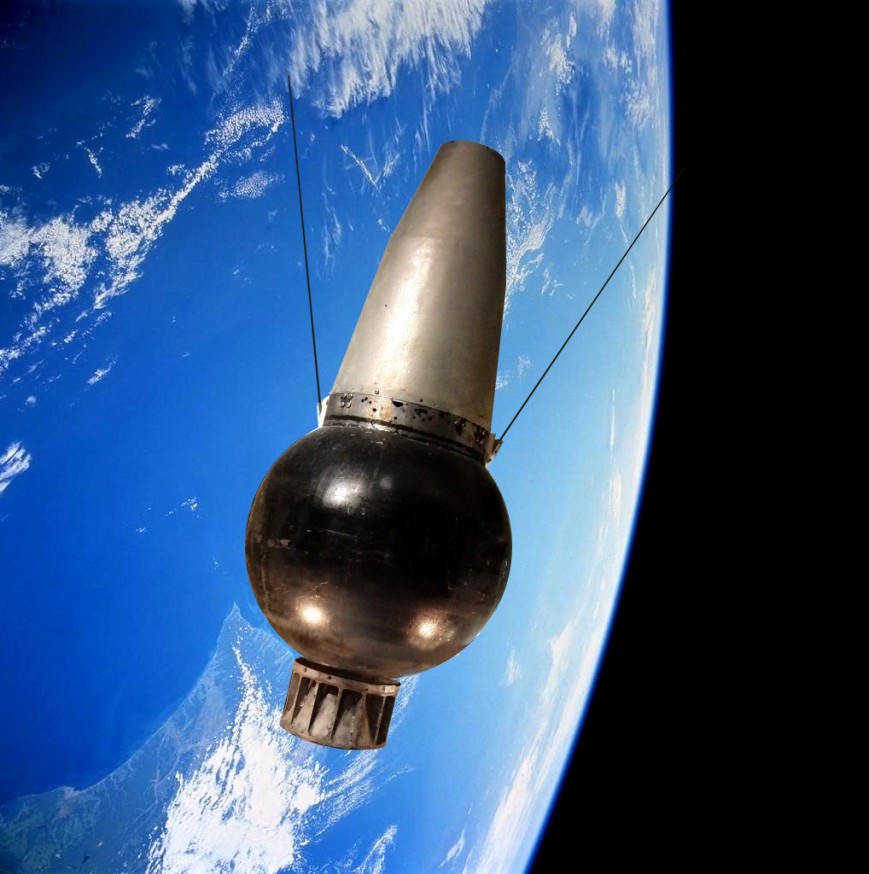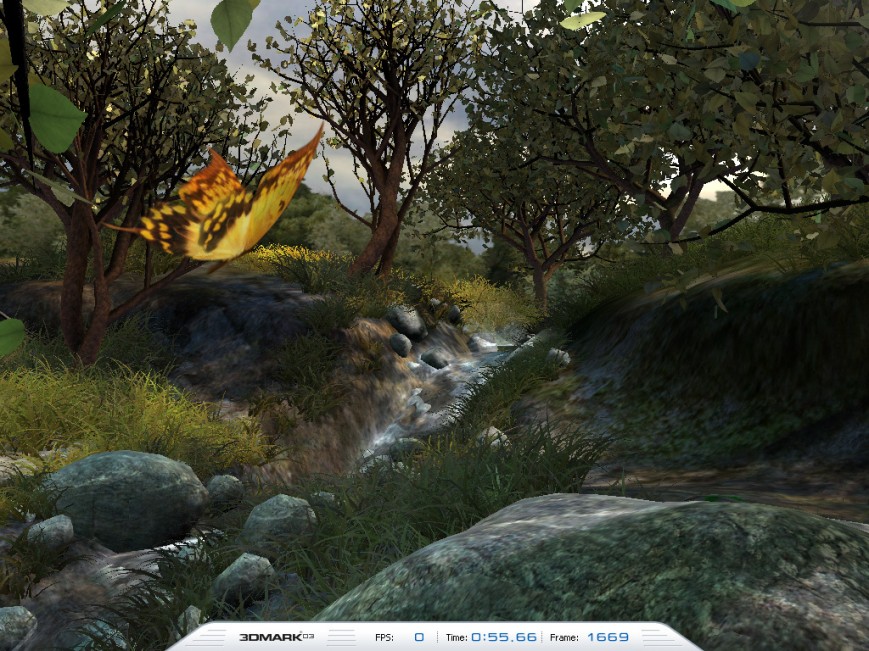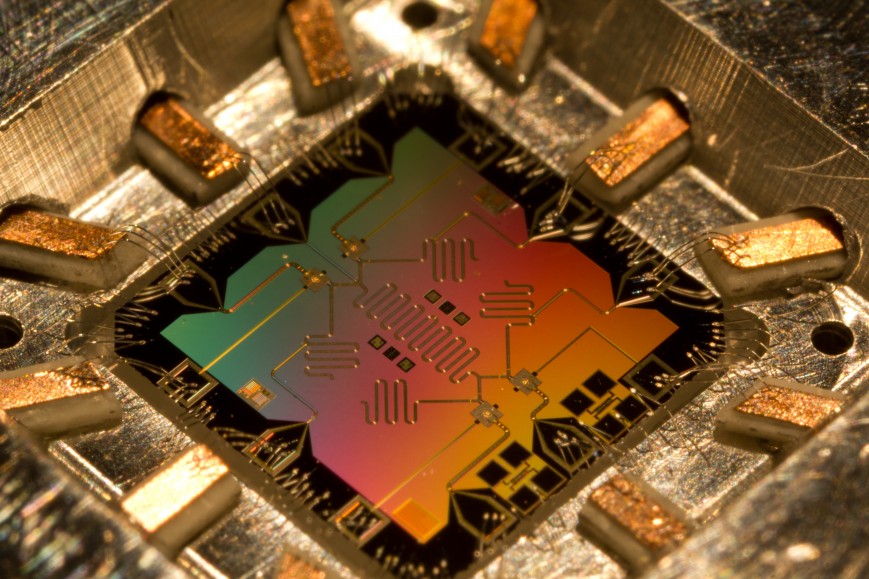11 February 1970 to orbit the Earth launched satellite “Osumi”. Thus, Japan became the fourth space power after the USSR, USA and France. A start was made at the launch site Uchinoura using a four-stage carrier rocket “the lambda 4S-5”. In fact, the satellite was named in honor of the Peninsula that housed the runway complex. The object weighed 24 kg. On Board were the accelerometers, thermometer and radio transmitter.
The Japanese attempt to launch a satellite were made in the period from 1966 to 1969, but each time ended in failure. Only the fifth attempt “Osumi” was taken into space. 2 August 2003 the satellite fell from orbit and burned up in the upper atmosphere of the Earth.

Satellite “Osumi”
February 11, 2003 graphics benchmark 3DMark 2003. In 2002 the company was renamed Mad Onion in known to this day Futuremark. The Corporation still produces popular software to evaluate the performance of the iron. For Example, PCMark. Finnish products are not only testing the components of desktop computers, laptops, and mobile devices. 3DMark 2003 appeared simultaneously with the release of DirectX 9. In total, this benchmark became the fourth after 3DMark 99, 3DMark 2000 and 3DMark 2001. For the first three days after the release of the software downloaded almost two million times when the weight distribution 180 MB.
3DMark 2003 was a breakthrough in computer graphics. The fact is that before such software was significantly ahead of its time, but because the products Futuremark allowed to look in the near future. In particular, the first 3DMark 2003 updated to support DirectX 9.

A scene from 3DMark 2003
11 February 2005 provided the first data on transistors with “quantum pit”. The development was presented by the representatives of the companies Intel and QinetiQ. The basis for a new type of transistors formed indium antimonide (compound of indium and antimony).
Recall that in the classical scheme of any transistor is the key. Than it switches faster, the higher the CPU performance. The indium antimonide works noticeably faster than silicon due to the initially higher activity of the material and a larger number of charge carriers. Approximately an order of magnitude.
The indium antimonide there is a serious drawback. To achieve the high performance required very low operating temperature — -196 degrees Celsius. This mode is able to provide cooling with liquid nitrogen. To overcome this temperature limitation is managed through the conclusion of indium antimonide from the two sides of the same material, but mixed with aluminum. And so it happened “quantum well” that controls the flow of electrons. Today there are samples of transistors that can operate at frequencies up to 200 GHz at a voltage of about 0.5 V.
Conversations about the imminent rejection of silicon in favor of another semiconductor material go a long time. Close day 14 element of the periodic table fully exhausts its potential. Today Intel releases the chips, produced on 14-nanometer process technology. In 2017 the company, unless there is no excesses, will present the first 10-nanometer development. There are prototypes 7 – or even 5-nanometer chips. But then silicon will have to give. It will happen quite soon: in the 20-ies of our century. Moore’s law does not work. To double the number of transistors every 24 months does not work. The head of the production division of Intel, William Holt (William Holt) at the conference ISSCC told that classical silicon solutions will be able to progress for another two or three generations. Then the processor giant will have to use a completely new technology. At Intel many of the developments: transistors with “quantum pit”, tunneling transistors and spintronics. William Holt has noticed that introduction of fundamentally new technologies will reduce significantly the power consumption of integrated circuits, but have to sacrifice performance. The first revolutionary processors will be slower silicon counterparts. And this alignment of forces will be observed for some time.

Quantum processor
